The Beginning:
When I first got interested in climbing mountains, one of the pictures that impressed me much was that of the Neverseen Tower in Miyar valley. I came across a photo in Himalayan journal vol. 58, taken by Italian alpinist Massimo Marchigianni. Around the year 2000, the valley become popular among climbers all over the world as an excellent destination for alpine rock climbing and big wall climbing at a relatively lower elevation. Chris Bonington famously said it is India’s answer to the Yosemite. So when the opportunity came to us from Crystal and Whitney to go on a climbing adventure in this famous valley, we cheerfully accepted.
After returning from Chatru (3300 m), Crystal and Whitney were keen on finding new lines to climb in Miyar valley. They made first ascent of a route on a rocky pinnacle above Chatru Nala, called CB6A (5450 m) while I was busy finishing my long standing boulder project Smiling Goddess. Once completed, I was eager for some alpine climbing experience.
Trip summary (2015):
22 Sep- Arrived at Sukhto ~ 3400 m. Homestay accommodation.
23 Sep-Rest day/Snow fall
24 Sep- Hike 35 Km to base camp. 8 hours, ~ 4000 m.
25 Sep-Acclimatisation hikes around base camp.
26 Sep-Bad weather/ rest day.
27 Sep-Bad weather/rest day.
28 Sep-Hike to base of Tamadong, attempt, retreat due to too much snow on the face to free climb.
29 Sep- Rest day, hike towards Toro Peak to reconnaissance.
30 Sep- Ascent of Toro Peak(@4950 m) via south face/ridge, probably following the 2009 Polish route “Get up in the Morning”( UIAA V+, R3, III, 300 m vertical, 450 m long), descent via West flank , 5 hours climbing. From base camp to base camp 12 hours.
1 Oct-Rest day.
2 Oct-Hike 35 km back to Sukhto. Homestay accommodation.

After spending three rest days at Vashisht, we started in the early hours of morning on 22nd September; a long drive through demanding road conditions led us to the village of Sukhto (3400 m). By the time we reached evening had dawned and it had started to rain. We put up at Tashi guest house, a home stay run by a local man called Norbu, who arranged for mules and was our guide for the trek to the Base camp of Miyar valley. During night the weather got worse; on waking up in the morning the whole village was cover under a meter of snow. We had to wait out for the day at the guest house since Crystal had developed a stomach infection; she recovered through the day and we packed and organised our stuff for the next day.
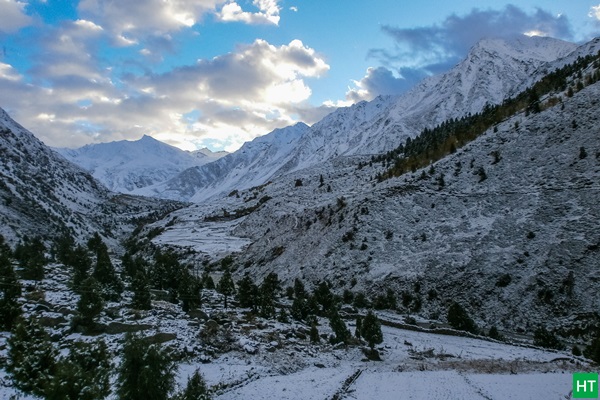
On 23rd we left around 8.30 am, the weather being excellent; the terrain was gentle and rolling with only 500 m of altitude gain, but was covered in snow which made some sections tricky. Nearing the basecamp, we had to cross the Miyar Nala. We hiked throughout the day, covering a distance of around 35 km in 8 hours and reached the base camp around 4.30 pm, at an altitude of 4000 m and set up our two tents. We said goodbye to each other and retired to bed for the night, everyone being amply tired after the day’s action.
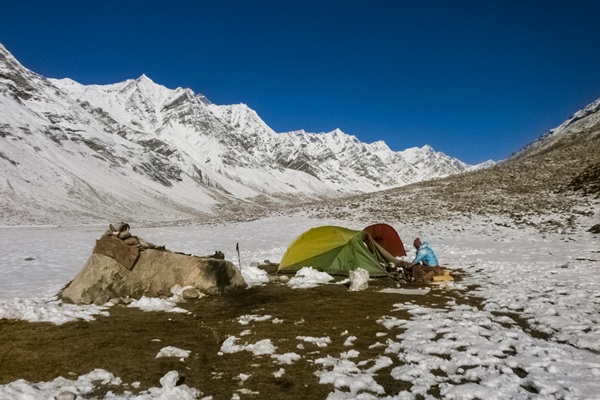
The next day our goal was to hike around the base camp to get some acclimatisation; we went towards Tamadong – a very prominent and rocky peak near the base camp, forming the end of the southern rim of the Takdung valley, overlooking the Miyar. Falling north from the main summit was a prominent spur, a feature that prompted the 2002 Slovak expedition to refer to this peak as the ‘Walker Spur’. To the west was a subsidiary summit or shoulder, with a series of steep pillars on the north face overlooking the lower Takdung. These had been dubbed ‘The Brouillard Pillars’ by the Slovaks.
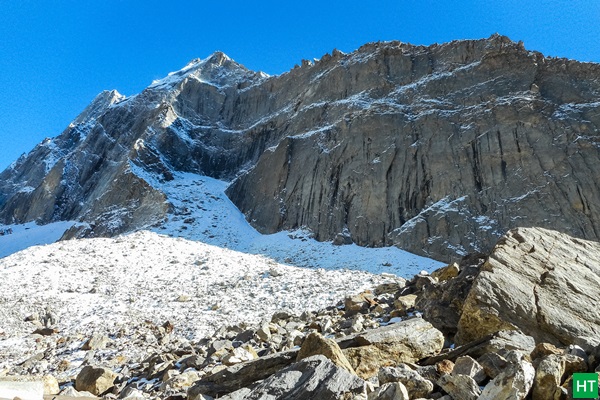
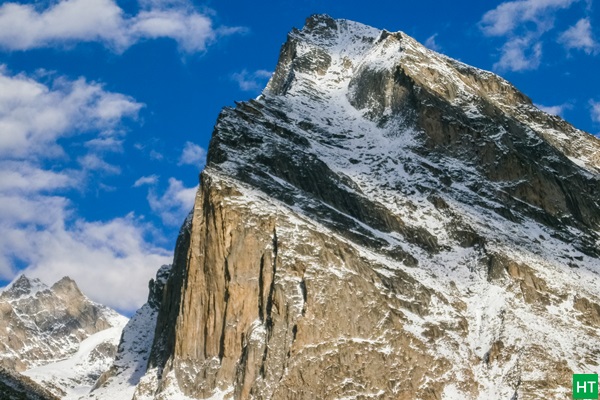
The weather remained unpredictable with occasional snowfall for the next two days, forcing us to stay back at base camp. We spent our time by bouldering in between tent seating. On 28th the weather cleared and we geared up, with full excitement to try our objective. Whitney and Crystal entered the Takdung glacier to explore and find a line of their own, as we went ahead to attempt Tamadong. The conditions on the pillar turned out to be really complex because of the accumulation of the snow; the slabs were wet and the adversities proved too much for us. Under such conditions, we were forced to retreat. Back at the base camp, we figured out our next goal, and on 29th hiked towards the base of Toro Peak (4950 m): the leftward slabs of the south face looked promising. We hiked down late afternoon to base camp and packed our gear for our attempt next day.
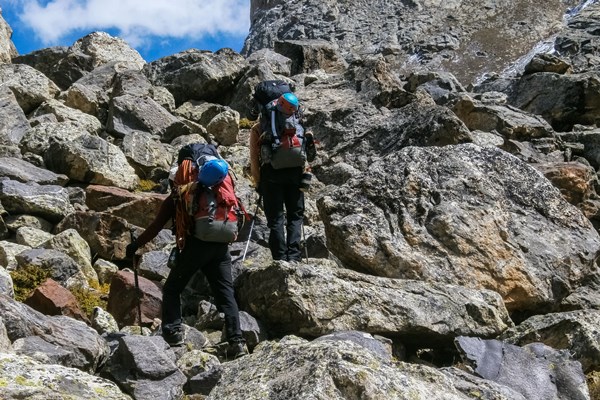
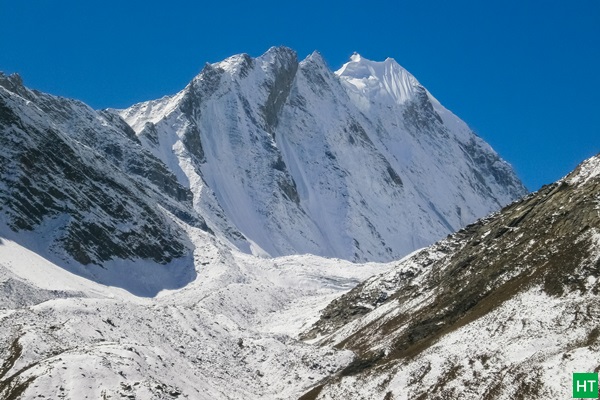
On 30th of September we started early in the morning around 7.00 am, our goal being trying to get back before nightfall. We did not carry any stove or fuel, no sleeping bags or bivi sheets either, only water bottles and snickers. After hiking through sustained steep hillside and some boulder hopping, we reached the bottom of the south face around 10 am.
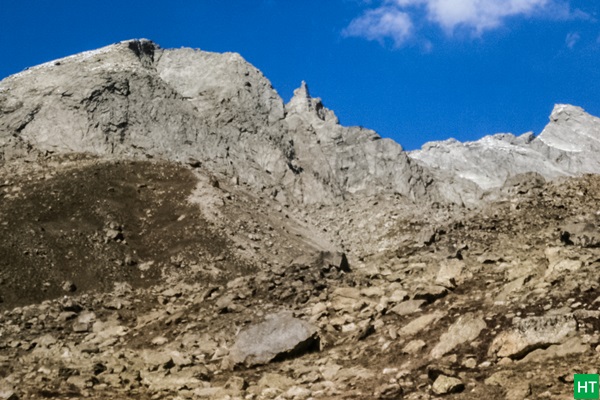
Once we started climbing, we did not consciously concentrate. Instead, because we had stripped away everything that could possibly distract us only the climbing remained. And with one single thing to occupy our attention we could take events as they came. We were hyper-aware of every detail around us: hand and foot holds, gear placements, how well both of us were moving, and we gave ourselves over to that awareness. The climbing went well; in the lower half we climbed some full pitch belayed section, mostly slabs. The first pitch was mostly easy balanced by a little runout; this was followed by another interesting pitch which Jibbi led. The pitch started with an easy slab that led to a short overhang of about a body-length long, the crux section of the climb. The next two pitches were mostly steep slabs, which also involved crossing some overlapping sections. The route became much easier on the upper section and we opted to simul-climb. Around 3 pm we topped out and reached the summit. From the summit we could see point James and Dome peak very close and the famous Neverseen Tower on the horizon, on the east side we could see the famous northwest face of the Castle peak. After spending around 20 minutes on the summit we started our dissent via the west flank. The descent comprised of a combination of hiking and scrambling and around 5 pm we reached the base of the west flank; another couple of hours hiking took us back to base camp – after almost 12 hours of for a round trip. On reaching base camp, we cooked a quick meal and crashed inside our sleeping bags.
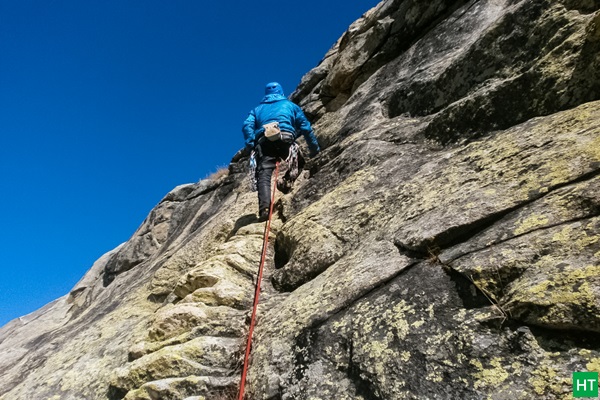
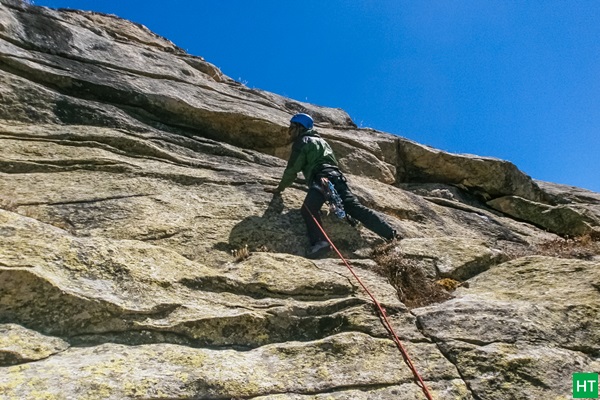
The following day Whitney and Crystal came back, after successfully climbing a new line on a prominent formation (@ 5150 m) opposite of Tamadong; they named their line “Poornima” (5.10, 700 m) which translated to “full moon” making their summit successful on a full moon night. There was a general feeling of happiness after our successful and safe climbing experiences. Norbu appeared with his horses around evening and greeted us with a nice meal that night. The next day we packed up and made the hike back to Sukhto. The weather was gorgeous for the last four days but as we left we saw clouds gathering. We were the last team to leave the valley for the season and got really lucky with the weather. Our whole experience was quite outstanding, leaving us thirsty and motivated for future adventures in this amazing play ground.



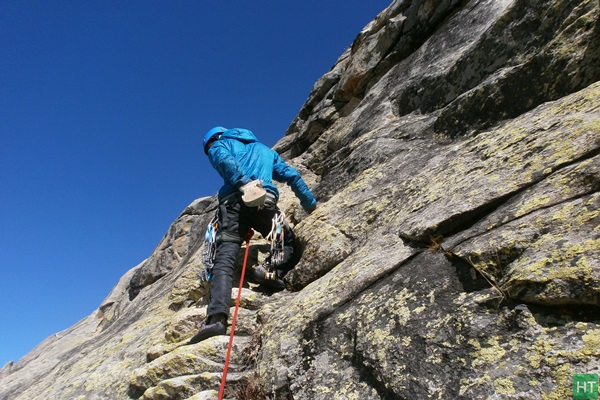
Comments